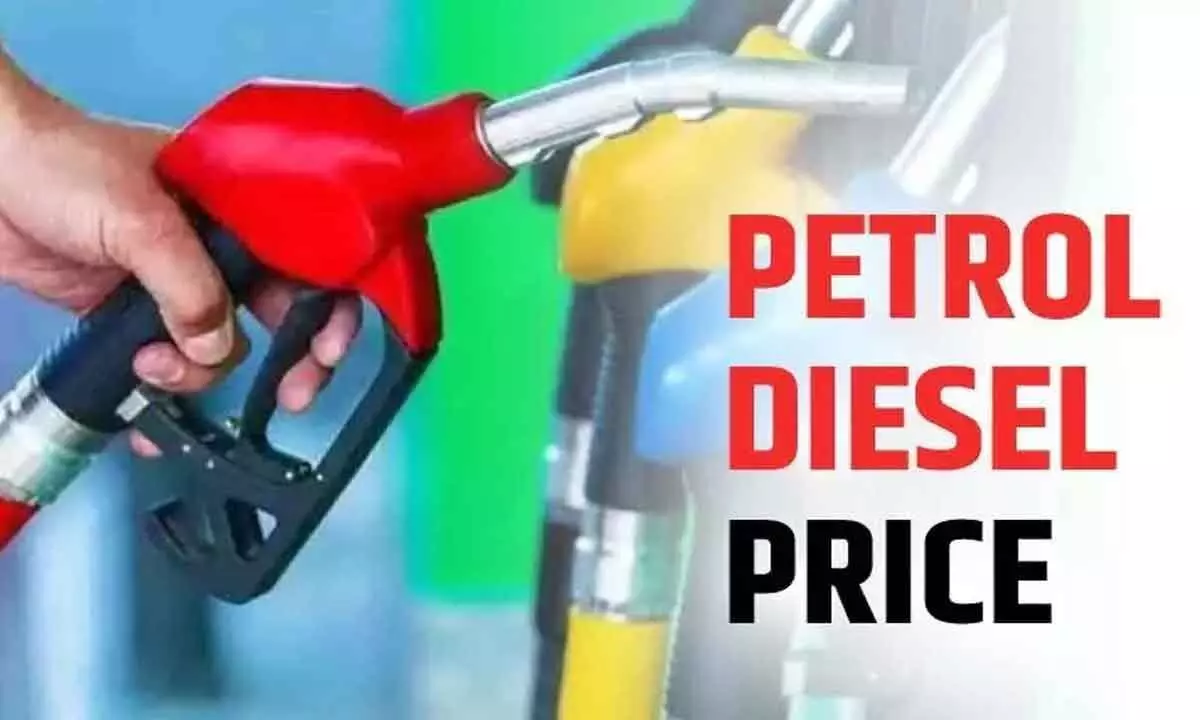New Delhi, June 4, 2025 — In a significant move that brings relief to millions of consumers across India, the government has announced a sharp reduction in petrol and diesel prices starting today. The revised fuel price list, unveiled earlier this week, reflects notable decreases across major cities and is expected to ease the financial burden on households and businesses alike.
Nationwide Price Cuts Aim to Tackle Inflation
The decision to lower fuel rates comes as part of a broader government initiative to curb inflation and reduce the cost of living. With the new rates now in effect, petrol and diesel prices have been slashed in several metropolitan areas, offering economic relief particularly in regions where fuel costs had been disproportionately high.
City-wise Impact of Fuel Price Reductions
Here’s how the revised prices look in key Indian cities:
- Delhi: Petrol prices dropped by ₹2.50 per litre, bringing the rate to ₹94.22. Diesel also saw an identical ₹2.50 cut, now priced at ₹87.12.
- Mumbai: Diesel is now cheaper by ₹3.00 per litre at ₹92.72, while petrol has fallen to ₹103.31.
- Chennai: Petrol now costs ₹98.70, down ₹2.70 per litre. Diesel follows suit at ₹88.73.
- Kolkata: A ₹2.40 reduction puts diesel at ₹91.34 per litre; petrol now stands at ₹102.27.
- Bengaluru: Both petrol and diesel are down ₹2.50 per litre, now costing ₹98.08 and ₹89.53 respectively.
Updated Price Table
| City | Old Petrol Price | New Petrol Price | Price Cut | Old Diesel Price | New Diesel Price | Price Cut |
|---|---|---|---|---|---|---|
| Delhi | ₹96.72 | ₹94.22 | ₹2.50 | ₹89.62 | ₹87.12 | ₹2.50 |
| Mumbai | ₹106.31 | ₹103.31 | ₹3.00 | ₹95.72 | ₹92.72 | ₹3.00 |
| Chennai | ₹101.40 | ₹98.70 | ₹2.70 | ₹91.43 | ₹88.73 | ₹2.70 |
| Kolkata | ₹104.67 | ₹102.27 | ₹2.40 | ₹93.74 | ₹91.34 | ₹2.40 |
| Bengaluru | ₹100.58 | ₹98.08 | ₹2.50 | ₹92.03 | ₹89.53 | ₹2.50 |
What’s Driving the Price Drop?
Several key factors have contributed to the reduction in fuel prices:
- Falling Crude Oil Prices: A drop in global crude oil rates has allowed India to lower domestic fuel prices.
- Tax Reductions: The government has reduced excise duties and local taxes to make fuel more affordable.
- Stronger Rupee: A strengthening Indian rupee against the US dollar has eased import costs.
- Improved Global Supply Chains: Stabilization in international oil supply has helped reduce pricing pressures.
- Government Policy Reforms: New policy directions focusing on inflation control and consumer welfare have led to price relief.
Relief for Consumers and the Economy
The fuel price cuts are expected to offer significant economic benefits. Lower transportation costs will reduce the prices of essential goods, providing immediate relief to middle-class and low-income households. Additionally, businesses that rely heavily on logistics and transport stand to gain from reduced operational expenses.
Long-Term Economic Implications
Experts suggest that this reduction in fuel costs could have broader macroeconomic benefits. Lower fuel prices may help bring down inflation rates and support stronger GDP growth. Here’s a look at projected trends:
| Year | Inflation Rate (%) | GDP Growth Rate (%) | Consumer Confidence |
|---|---|---|---|
| 2022 | 6.0 | 7.5 | Moderate |
| 2023 | 5.5 | 8.0 | High |
| 2024 | 5.0 | 8.5 | Very High |
| 2025 | 4.5 | 9.0 | Excellent |
| 2026 | 4.0 | 9.5 | Excellent |
Boost for Industry and Trade
The industrial sector is also poised to benefit:
- Reduced Production Costs: Cheaper fuel lowers input costs across manufacturing.
- Better Logistics: Lower transport expenses improve supply chain efficiency.
- Increased Exports: Enhanced competitiveness may boost India’s export volumes.
- Stronger Investment Climate: Lower costs and improved profitability could attract more investment.
Conclusion
The government’s move to reduce fuel prices marks a significant step toward economic stability and consumer relief. As global markets continue to fluctuate, timely policy measures like this are critical in safeguarding domestic economic interests and supporting the public at large.

